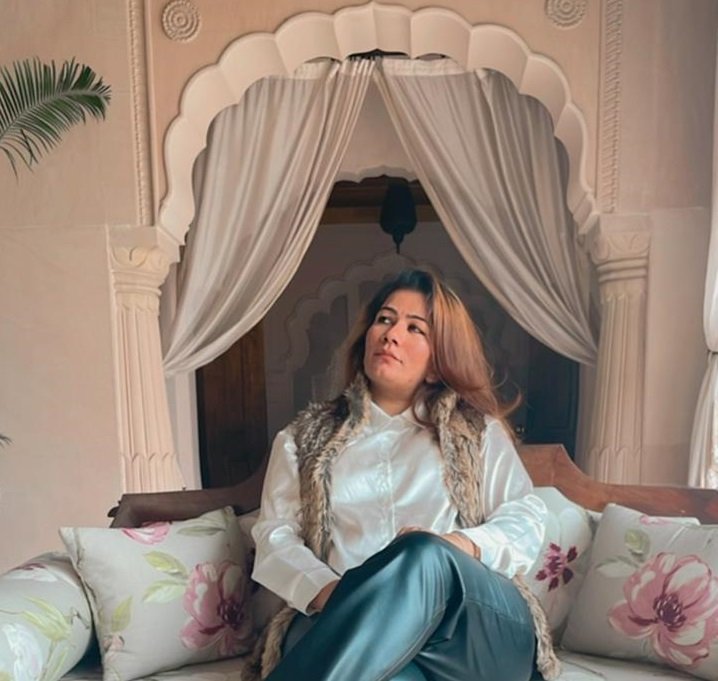Indian jewellery – A distinctive fusion of fashion and tradition

Indian jewellery has never merely been an accessory for body adornment to Indians. The jewellery speaks of custom, the rich history of the nation, and the changes that the state and its people have undergone. Since traditionalism and fashion sense go hand in hand, a unique selection of jewellery has been generating over the years. India, as they say, is a melting pot with several ethnic groups coexisting. Thus, one can see a variety of civilizations, ideas, and perspectives on beauty in the fashion of jewellery. Indian jewellery designs have always been inspiring by nature. Early civilizations made natural jewellery to ornament their bodies from flowers, leaves, twigs, and vines. We now have a wide variety of distinct designs because the numerous regions of the state have combined their aesthetics with those found in nature. Indian jewellery frequently features flowers, leaves, vines, and branches. However, what makes these designs intriguing is that they come in so many various styles that all seem completely real.
One of the most well-known Indian designs, Kundan jadau, combines semi-opaque crystals (kundan) with gold, silver, and other metals. Since the era of the kings, extremely ethnic and traditional designs have been practising. The jewellery designs have evolved to incorporate contemporary styles, yet they have kept their cultural individuality. One of the most adored jewellery types is Indian gold jewellery every gold has always held a certain allure. Indian gold jewellery has altered with time, although still being regarded as appropriate for wearing with traditional attire and as ornaments. The modern Indian jewellery designs go well with both casual and formal attire. You can showcase your gold jewellery, such as earrings, chains, and armlets while sporting a pair of jeans and a party-appropriate blouse.
Indian women have a culture of wearing jewellery, particularly married women. As a result, the designs are both stylish and very feminine. Given how unique Indian culture is, Indian gold jewellery has always had a distinct atmosphere. As time goes on, semi-precious and precious stones were used in the jewellery designs. Geometric patterns like squares, circles, rectangles, and triangles have joined the design league in a variety of forms and permutations, joining the league of flowers, flower petals, and leaves. The popularity of diamonds has never wavered, and Indian jewellery is no exception. Traditional Indian gold jewellery designs have been enhanced with diamonds to produce some of the most exotic works of art that showcase expensive style and skilled craftsmanship. Indians have long contributed art and culture to the world through their contributions. As a result, Indian jewellery designs are both fashionable and continue a long heritage. Some of the finest jewellery ever made is a result of the fusion of history, culture, and ever-evolving fashion.

According to Shefali Verma, director of House of Goldsmith
Indian jewellery is renowned worldwide for its intricate designs, rich history, and cultural significance. It has been an integral part of Indian heritage and culture for centuries, with each region boasting unique styles and techniques. Indian jewellery is made using a variety of materials, including gold, silver, diamonds, emeralds, rubies, sapphires, and pearls. From the delicate and intricate designs of Kundan and Meenakari to the elaborate temple jewellery and antique pieces, Indian jewellery is a testament to the skilled craftsmanship of Indian artisans. It is an essential part of Indian weddings and celebrations, and each piece holds a deep cultural and emotional significance.
